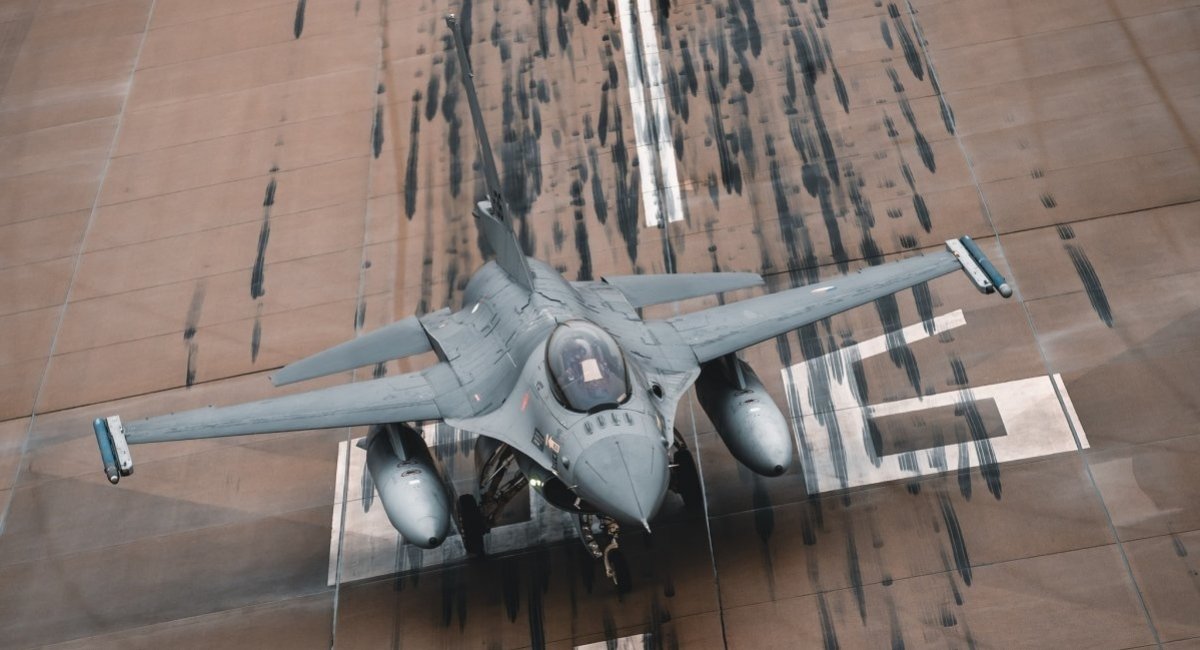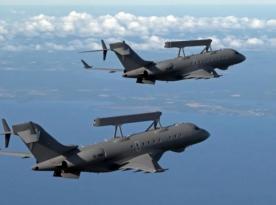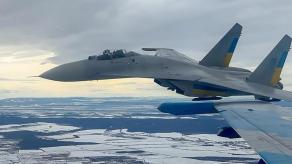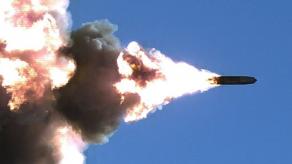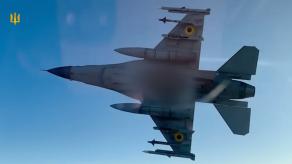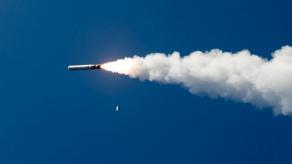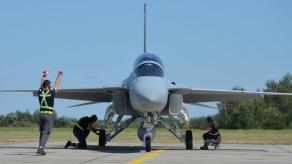The Netherlands has begun delivering F-16 multirole fighter jets to Ukraine’s Air Force, as confirmed by Dutch Defense Minister Ruben Breckelmans during his unannounced visit to Kharkiv, Ukraine. While the minister didn't specify the exact number of aircraft in this initial delivery, he did mention that "the rest of the 24 jets will follow in the coming months."
Previously, the Netherlands officially pledged its entire F-16 fleet — 42 aircraft. The plan to hand over 18 fighters at once in the first supply was also affirmed in December 2023 by Ukrainian President Volodymyr Zelenskyi. For a reminder, a few of these jets are slated for the training center in Romania where Ukrainian pilots will be taught to operate them.
Read more: Ukraine Receives First F-16 Fighters from the Netherlands, with 400 Million Euros Worth of Drones to Follow
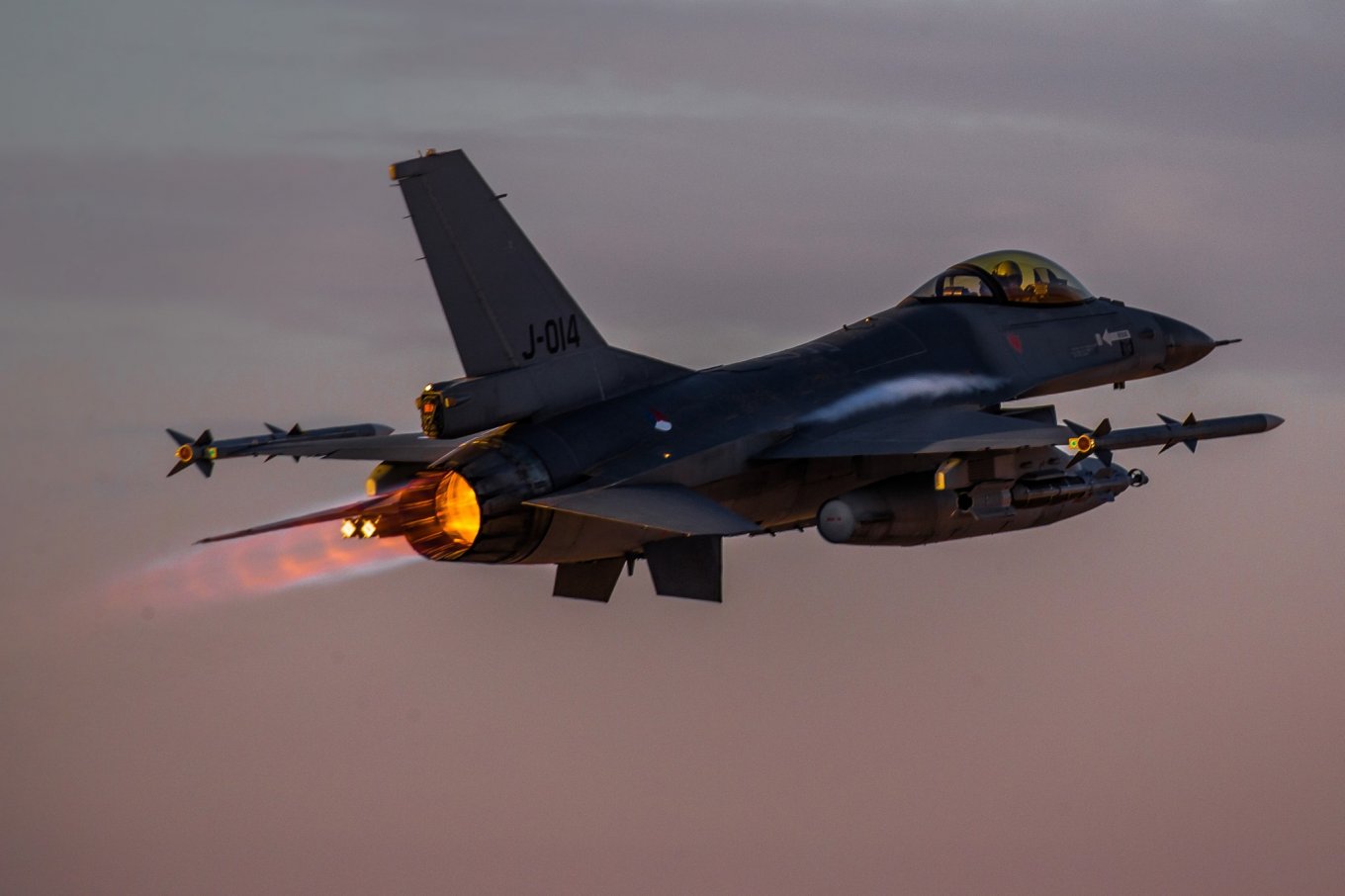
That said, it's not just the number of combat units that makes the difference on the battlefield but their capabilities, too. The newly-arrived Dutch F-16s have specific equipment and upgrades that distinguish them from the jets previously received from Denmark.
To begin with, all the F-16s supplied to Ukraine by the Netherlands, Denmark, Norway, and Belgium were built between the late 1970s and early 1990s at Fokker in the Netherlands and SABCA in Belgium. By the mid-2000s, they had undergone a Mid-Life Update (MLU), bringing them up to the M6.5 standard. This update included integrating precision-guided weapons for ground attacks and improving cockpit systems, radar, and software.
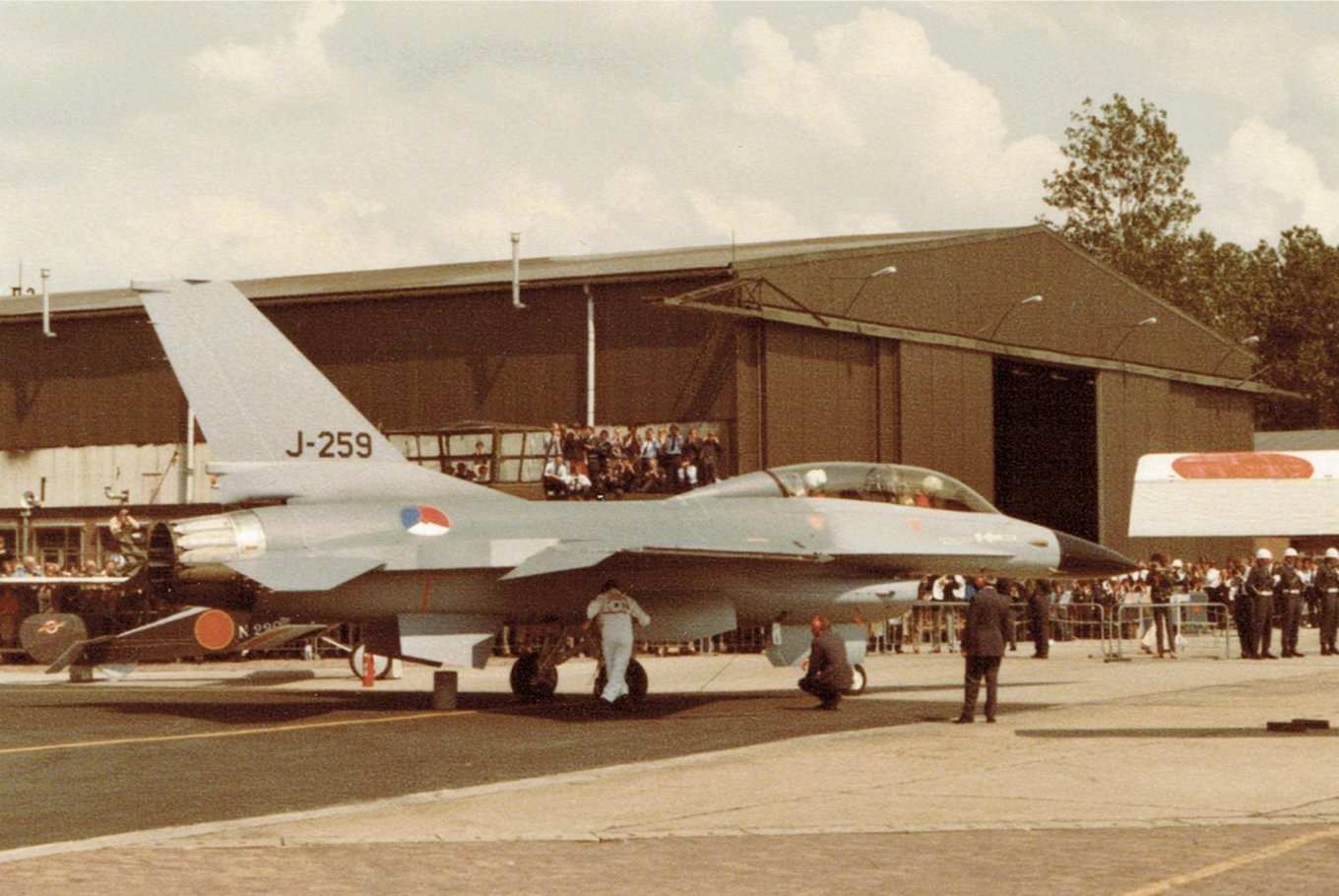
However, a significant part of the F-16's functionality relies on additional equipment, particularly external pods. The Dutch fighters, for example, are equipped with pods like the MARS and Reccelite reconnaissance systems, the ALQ-131 electronic warfare pod, and the Lantirn navigation and targeting pod, along with the more advanced Litening AT and Sniper pods.
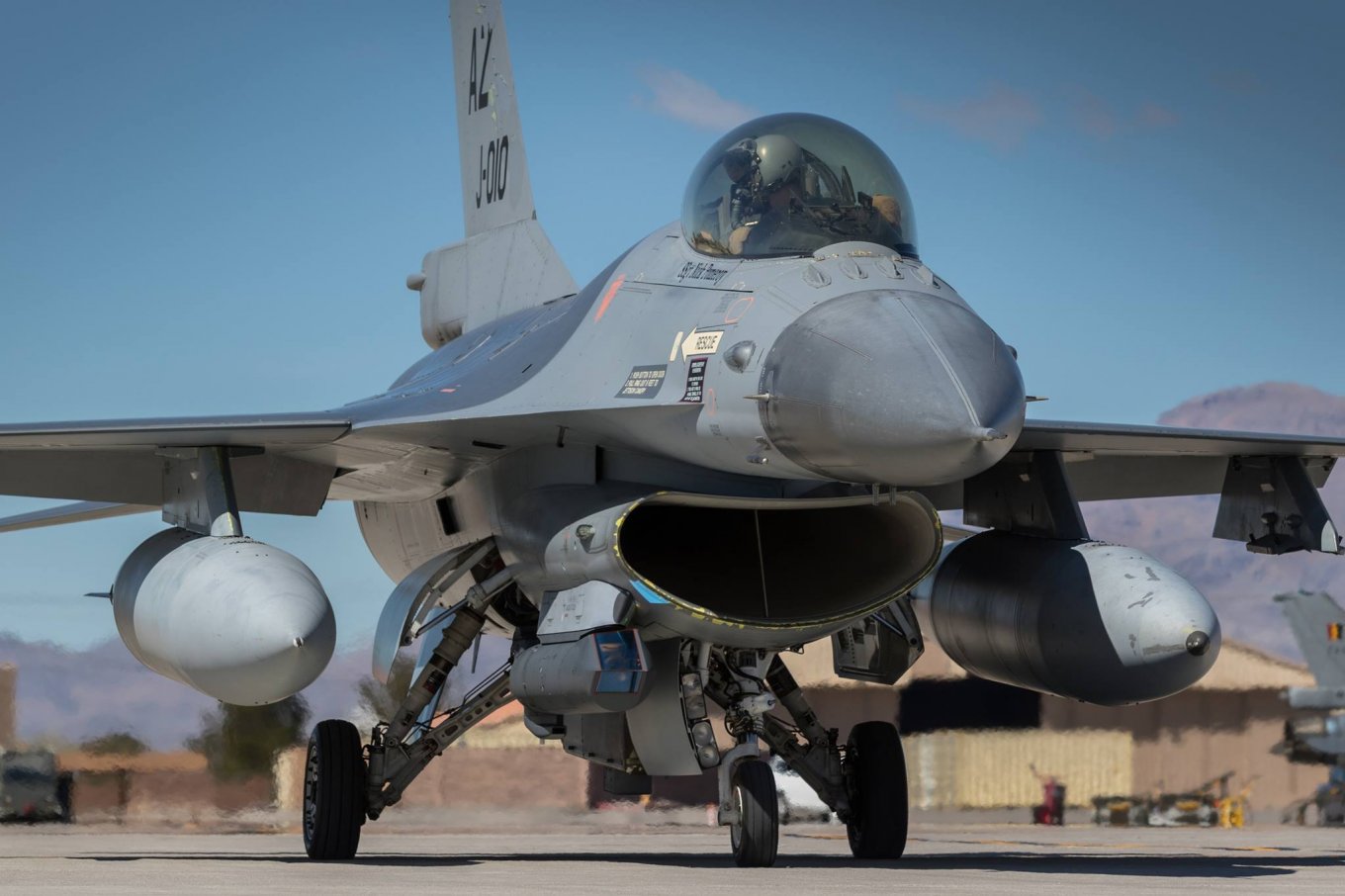
These pods can significantly enhance operating conditions, capabilities, and situational awareness. For instance, the ALQ-131 pod, produced by Northrop Grumman, detects exposure to enemy radars and generates interference to disrupt enemy ground- and air-based radar systems.
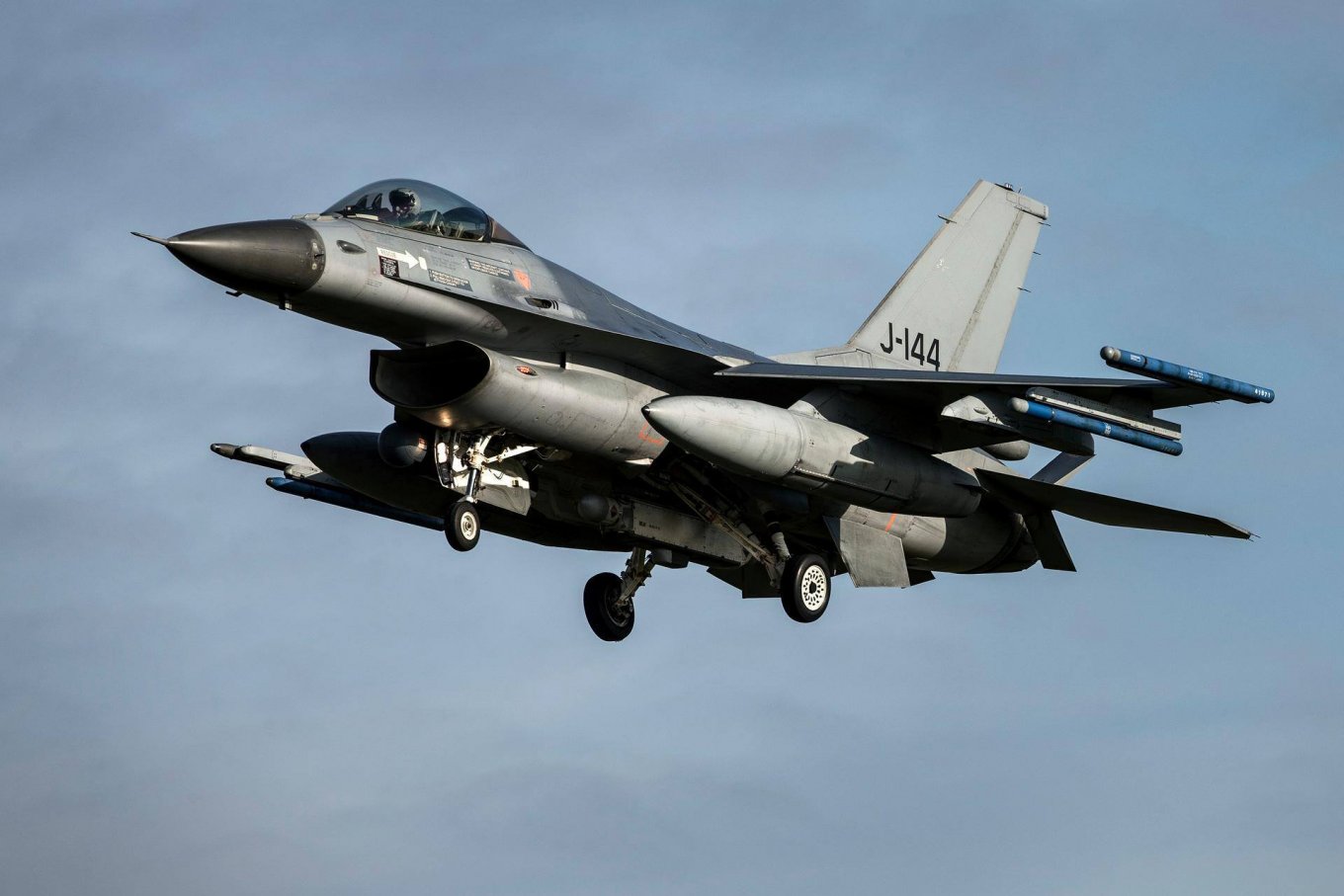
On top of that, some Dutch F-16s are also fitted with ECIPS+ or PIDS+ pylons, which provide missile warning and deploy countermeasures to jam incoming enemy missiles.
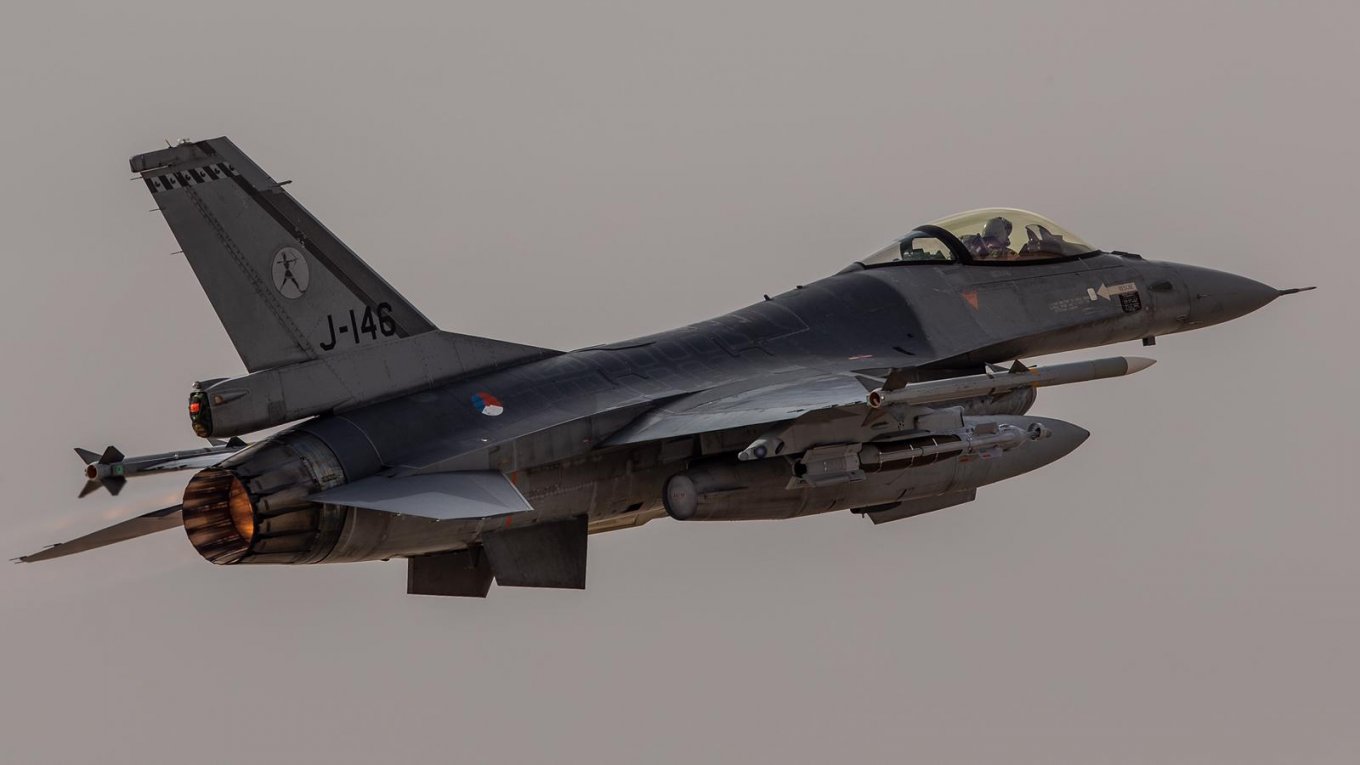
Other pods, like the Lantirn, Litening AT, and Sniper, will hardly have any substantial impact, at least in Ukraine's operating conditions. The purpose of these is to assist in targeting precision-guided weapons, using a laser designator.
However, Ukraine’s combat aircraft during air support missions can only launch careful standoff attacks from a low-altitude flight at ranges under 40 km, meaning they won't have the opportunity to use target illumination equipment. Still, the F-16’s inherent compatibility with smart glide bombs like the SBD and JDAM-ER will be advantageous for Ukraine.
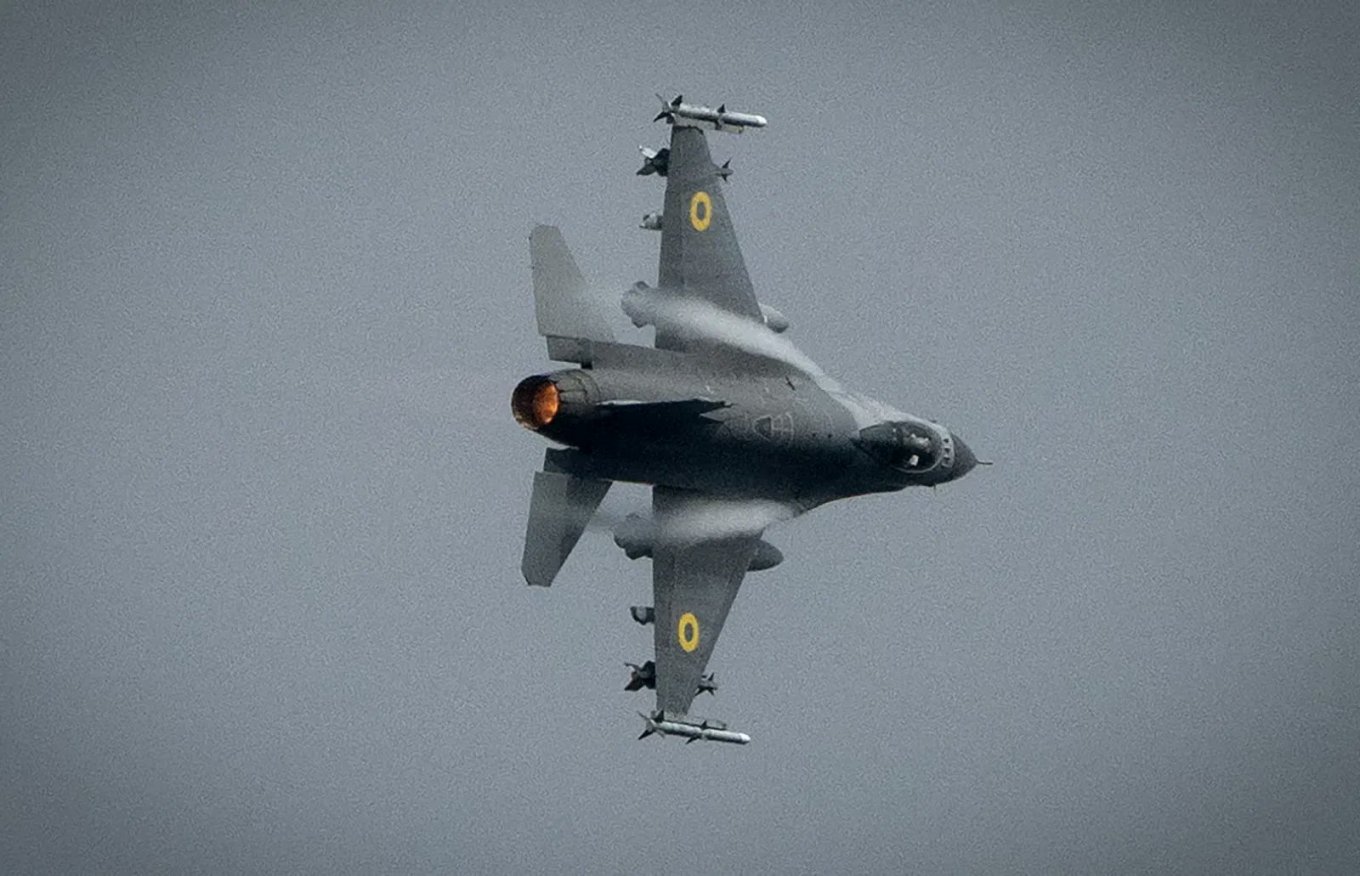
Some of the pods are already outdated, such as the MARS reconnaissance pod, which uses cameras for aerial photography. This device, a variation of the U.S. Tactical Airborne Reconnaissance Pod System, was built by Danish manufacturer Per Udsen, nowadays known as Terma. To replace it, the Netherlands acquired the more advanced Reccelite pod.
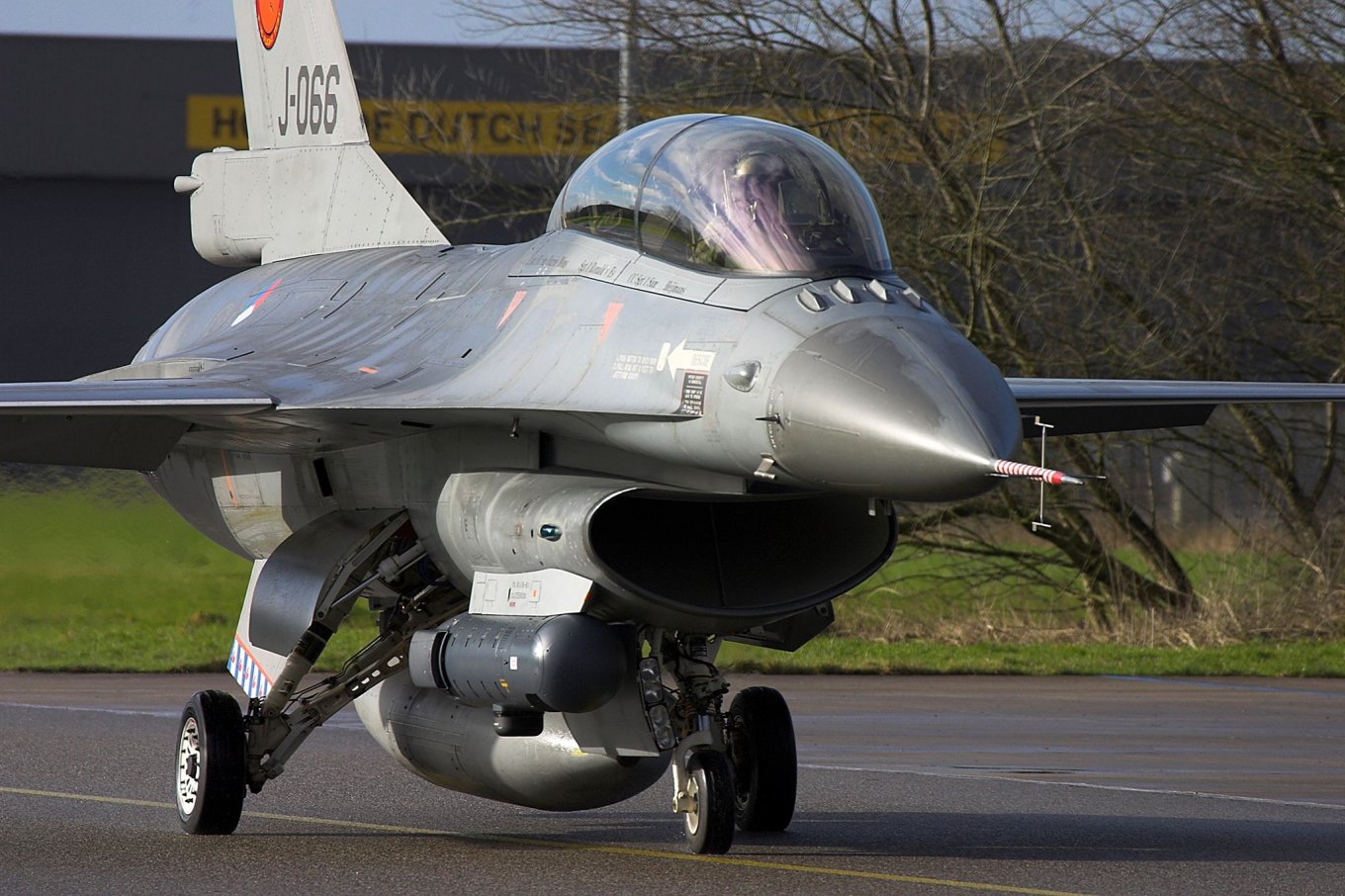
Reccelite provides target detection, relying not only on powerful cameras but also on a synthetic-aperture radar (SAR) that sees ground objects regardless of weather conditions and provides high-precision mapping of the terrain. However, since the radar is made by Israel’s Rafael, re-export to Ukraine would require Israeli approval, which is unlikely.
Worth adding, modern versions of the F-16 are fully digitalized and can integrate with additional pod systems, potentially further expanding their functionality.
Read more: F-16 Shields Ukraine From Cruise Missiles Better Than Any Ground-Stationed Air Defense System Could




